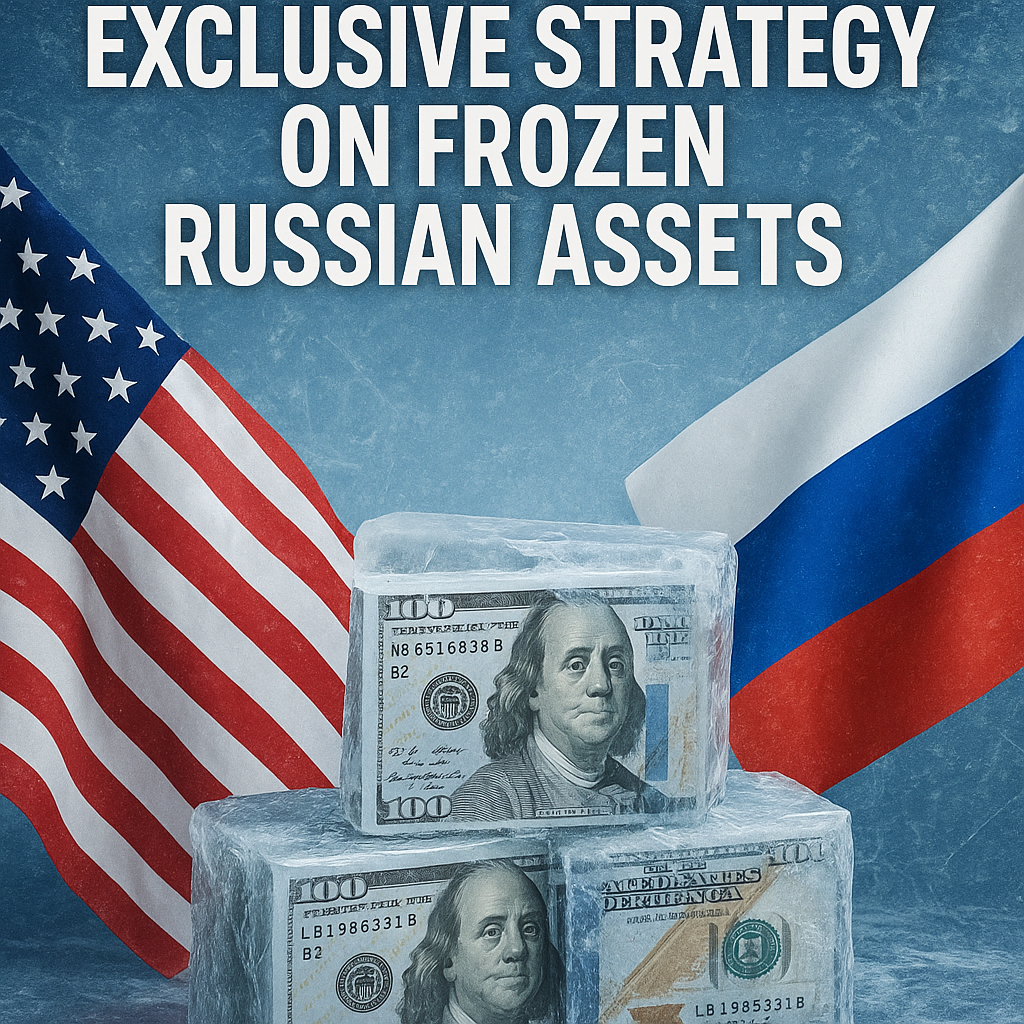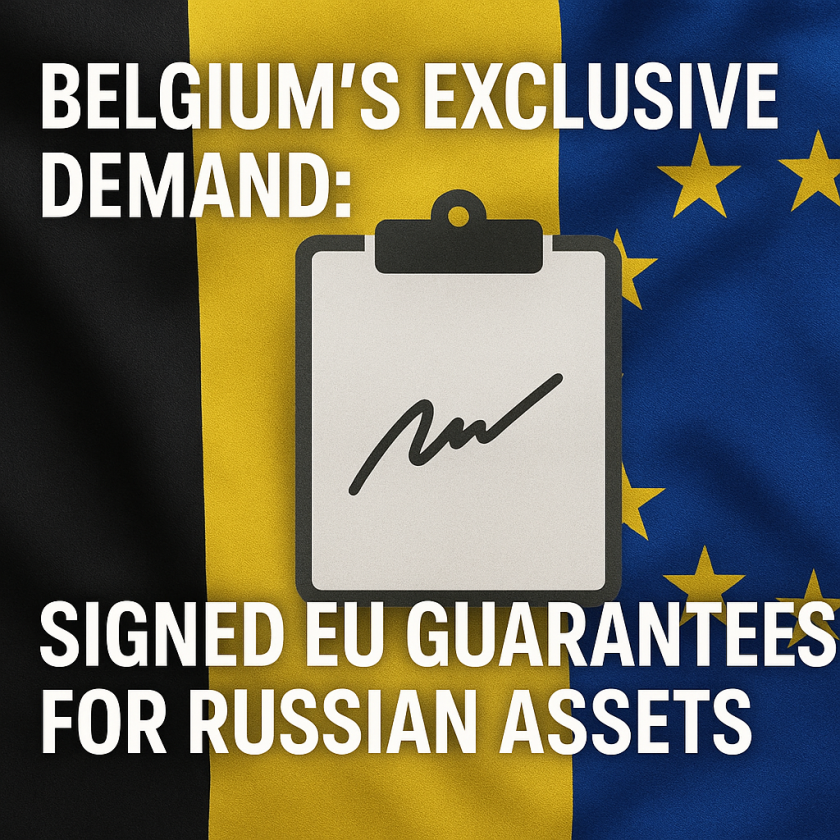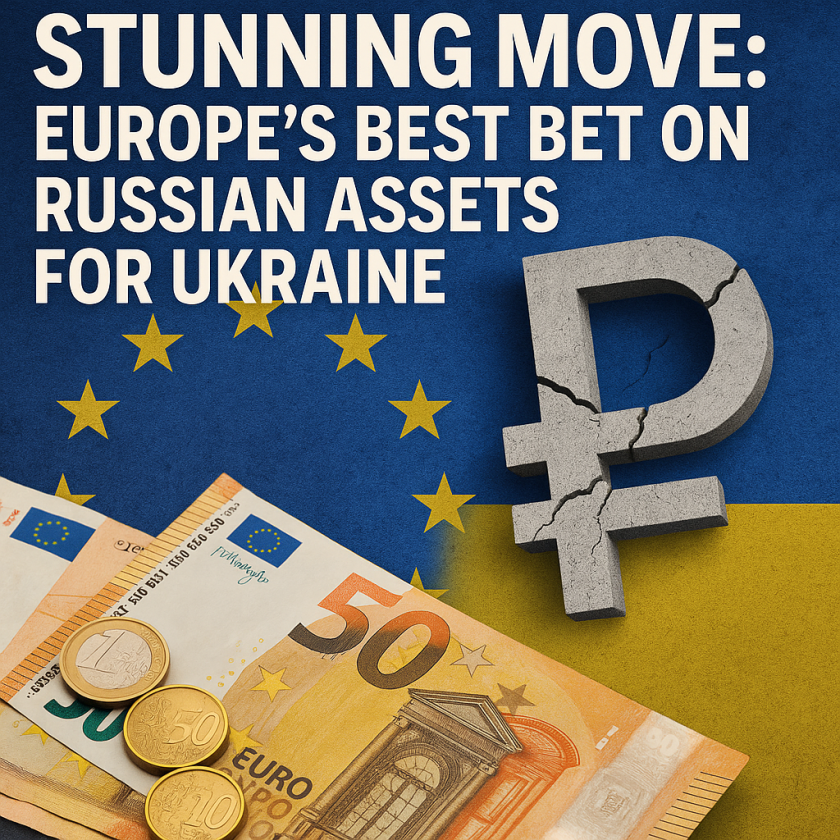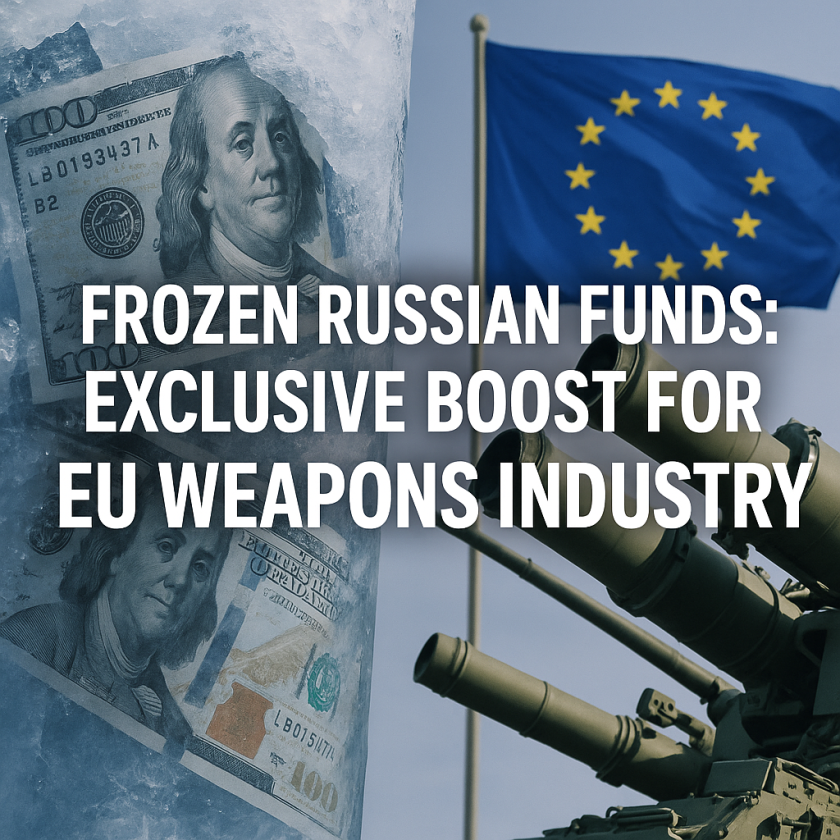US Reveals Exclusive Strategy on Frozen Russian Assets
US Reveals Exclusive Strategy on Frozen Russian Assets
The recent announcement from the United States regarding its strategy on frozen Russian assets has sparked considerable discussion among international analysts, policymakers, and various news outlets. As the conflict in Ukraine continues, understanding this strategy sheds light on not only the geopolitical landscape but also the economic ramifications for both Russia and Western nations.
The Context of Frozen Assets
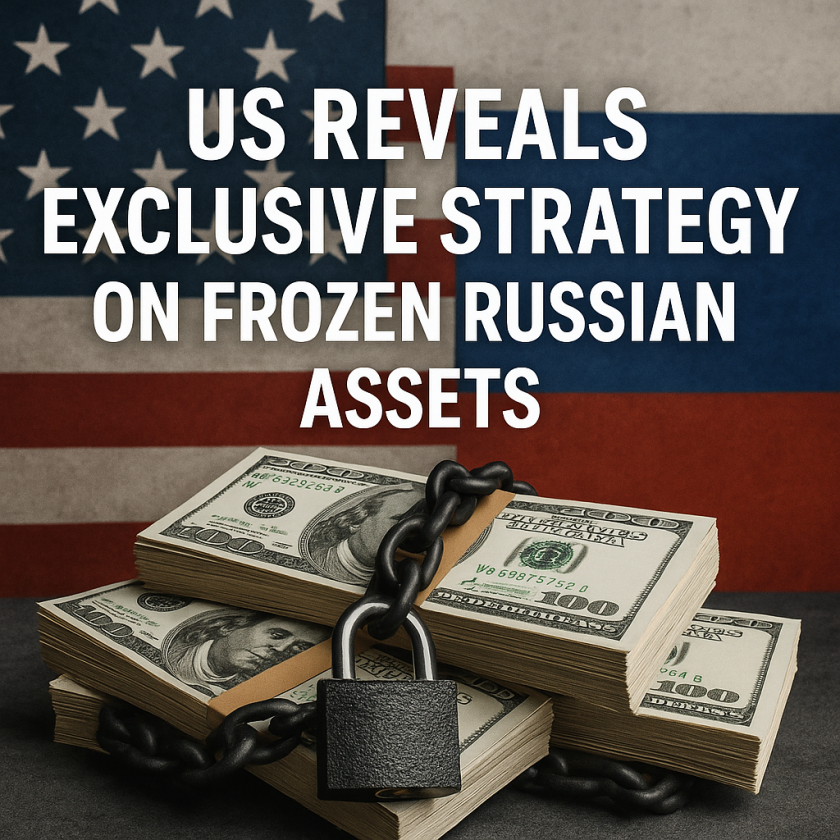
The freezing of Russian assets, which began soon after the onset of the Ukraine conflict, aimed to apply significant economic pressure on Moscow. According to reports from RT, the U.S. government has proposed a unique strategy to not only retain these assets but to potentially repurpose them toward humanitarian efforts in Ukraine. This approach has been met with mixed reactions and raises essential questions about the legality and morality of using seized assets in this manner.
On one hand, supporters argue that redirecting these funds could aid in addressing the urgent needs of Ukrainian citizens affected by the war. Al Jazeera highlights the dire humanitarian crisis in Ukraine, suggesting that utilizing these funds could provide critical support for displaced individuals and essential civilian infrastructure.
Conversely, critics note the potential upheaval in international financial systems that such a move could provoke. Sky News points out that using frozen assets in this way might set a concerning precedent, potentially undermining trust in global banking and financial institutions. Countries may worry about the security of their own assets held abroad, fearing they could also be frozen for politically motivated reasons.
Weighing Perspectives on Humanitarian Aid
The proposed U.S. approach has sparked a debate on the ethical considerations surrounding frozen assets. Advocates for using these funds for humanitarian purposes assert that the needs of Ukraine’s citizens must be prioritized. The U.S. administration has emphasized the importance of helping people in dire circumstances, and many see it as a moral obligation given the context of Russia’s ongoing military actions.
However, this perspective is not universally accepted. Many experts argue that repurposing these assets could create a slippery slope, particularly in terms of international law and property rights. The RT report suggests that such actions may lead to retaliation by Russia, complicating already fraught diplomatic relations even further.
Legal Considerations and International Relations
One critical debate centers on the legal implications of this strategy. International law typically protects sovereign assets, making it complicated for countries to seize and repurpose them without facing legal repercussions. Legal scholars featured in Sky News emphasize that these actions could provoke lawsuits or diplomatic sanctions, creating a ripple effect across international relations.
Moreover, there is a risk that the action could galvanize countries that are currently neutral or supportive of Russia to align more closely with Moscow in response to perceived U.S. overreach. The complexities of the global financial landscape mean that even a single nation may affect diplomatic relationships across multiple fronts.
The Future of Frozen Russian Assets
As the situation develops, it’s clear that there is no straightforward solution regarding frozen Russian assets. The U.S. strategy raises significant questions about the ethical use of seized funds versus the legal repercussions that could stem from such actions.
As various stakeholders attempt to balance humanitarian needs with the essential principles of international law, the coming months will be crucial. It remains to be seen whether this approach will provide the anticipated relief to Ukraine or if it will further complicate an already tense international landscape.
Conclusion
The U.S. unveiling of its strategy concerning frozen Russian assets highlights a complex interplay between immediate humanitarian needs and longer-term legal and diplomatic concerns. As diverse perspectives emerge on the issue, stakeholders must navigate these convoluted waters thoughtfully and responsibly.
In conclusion, while the efforts to provide aid to Ukraine through alternative means are commendable, doing so requires careful consideration of the broader consequences on international relations and financial trust. The fate of these assets may not only dictate the economic stability of Europe but also shape the future landscape of international law and cooperation.

